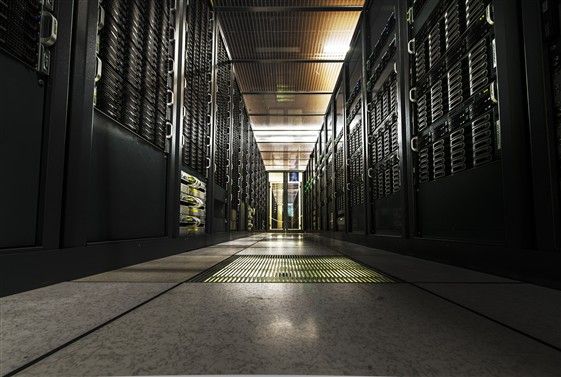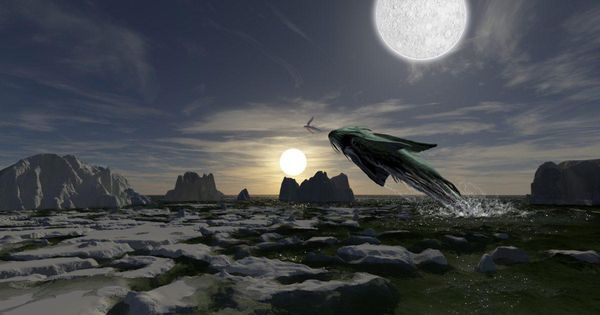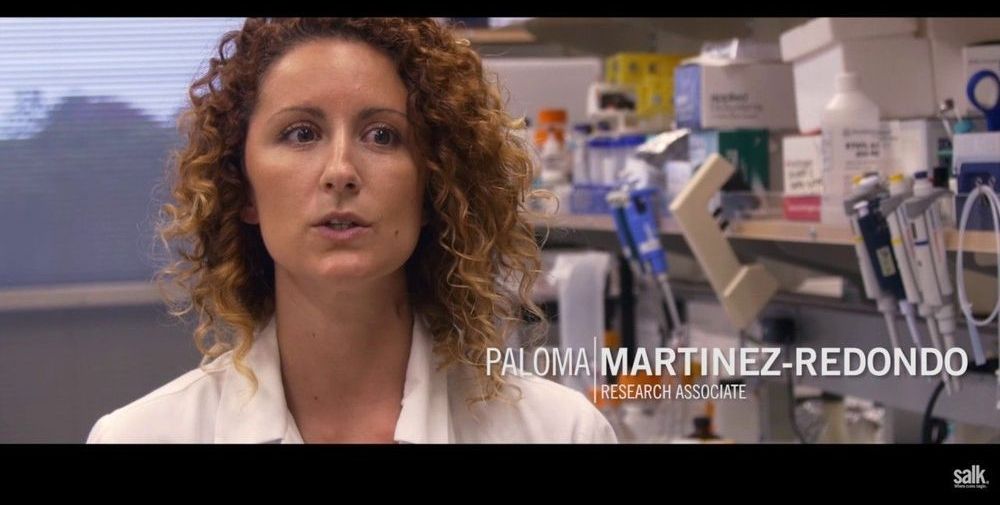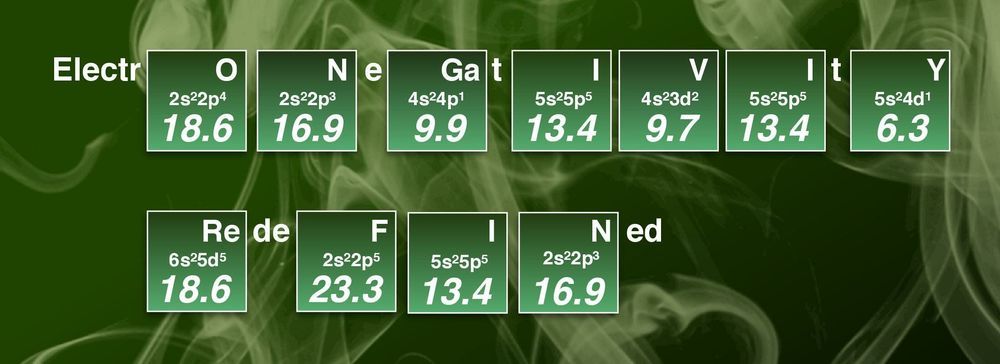Jan 17, 2019
Mother of All Breaches Exposes 773 Million Emails, 21 Million Passwords
Posted by Genevieve Klien in category: cybercrime/malcode
There’s no shortage of data breaches these days, but this one should make you sit up and pay attention. The newly discovered “Collection #1” is the largest public data breach by volume, with 772,904,991 unique emails and 21,222,975 unique passwords exposed.
The breach was first reported by Troy Hunt, the security researcher who runs the site Have I Been Pwned (HIBP), where you can check if your email has been compromised in a data breach. In his blog, Hunt says a large file of 12,000 separate files and 87GB of data had been uploaded to MEGA, a popular cloud service. The data was then posted to a popular hacking forum and appears to be an amalgamation of over 2,000 databases. The troubling thing is the databases contain “dehashed” passwords, which means the methods used to scramble those passwords into unreadable strings has been cracked, fully exposing the passwords.


















